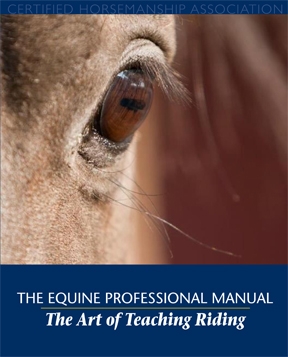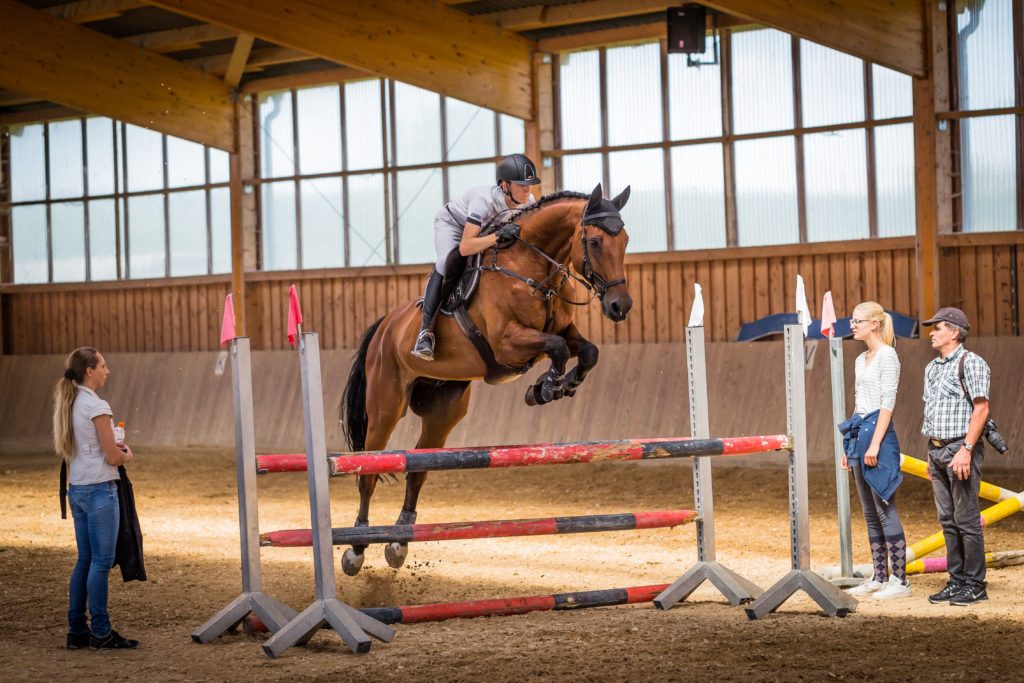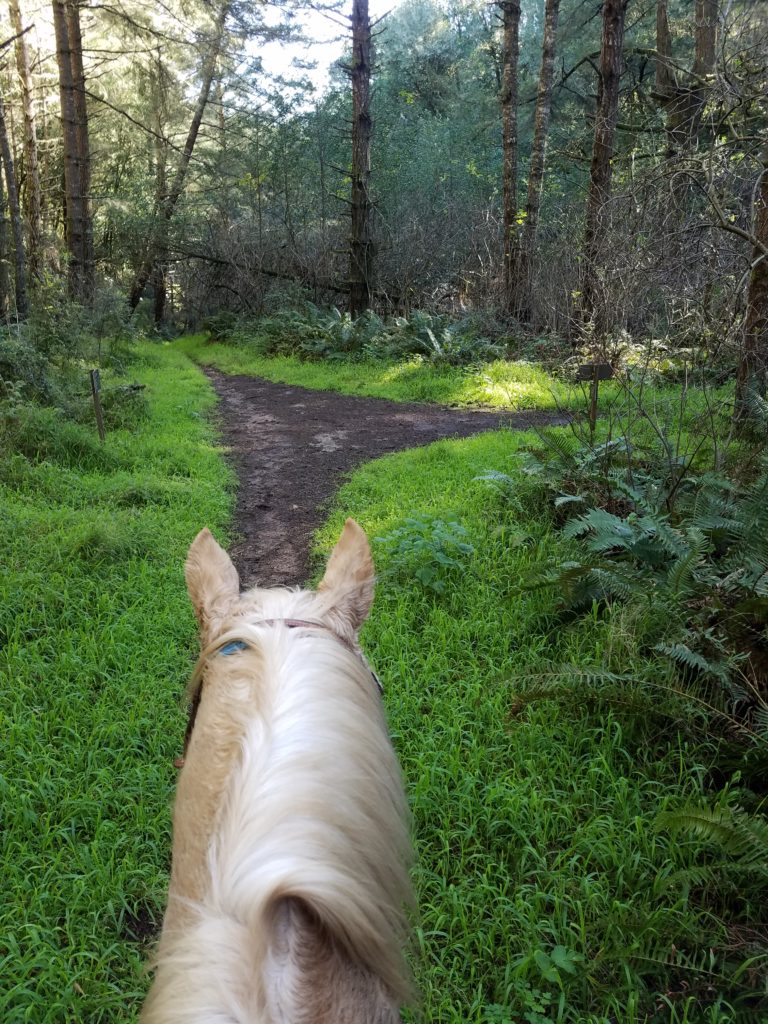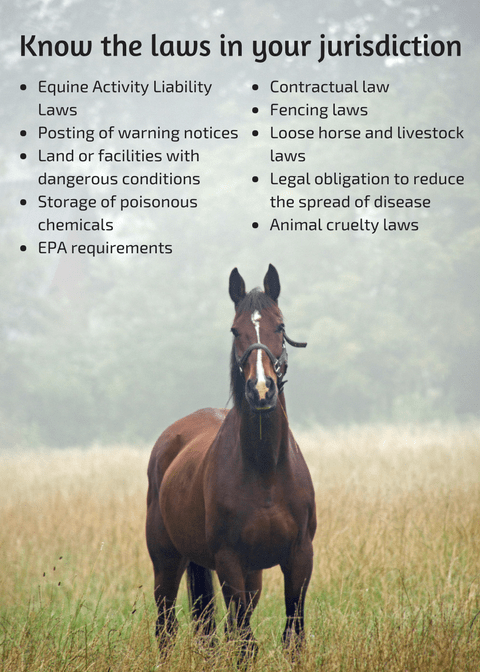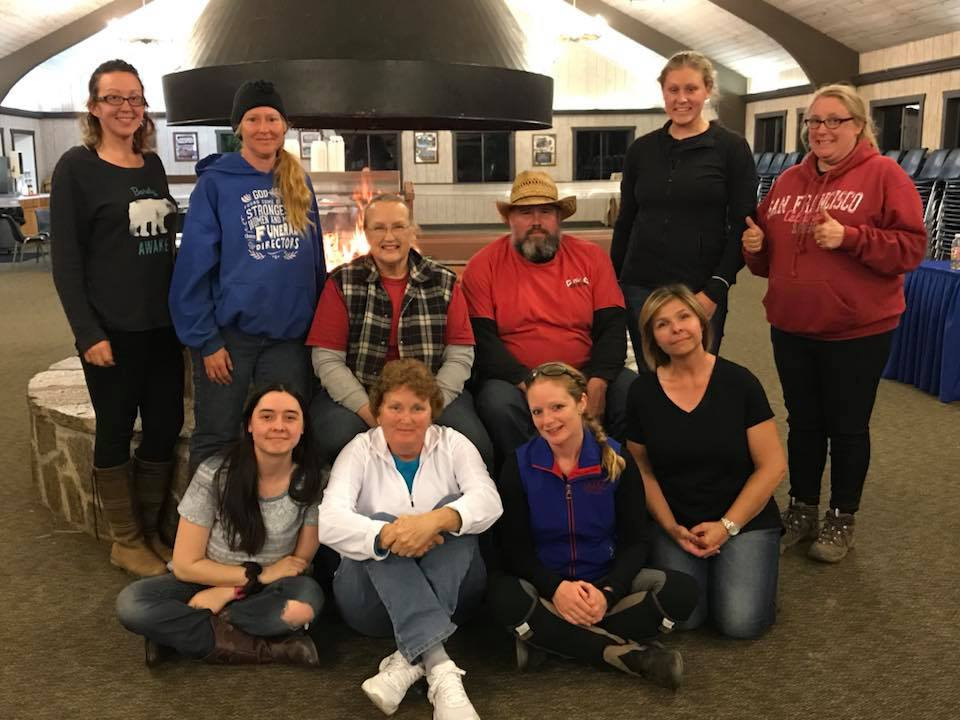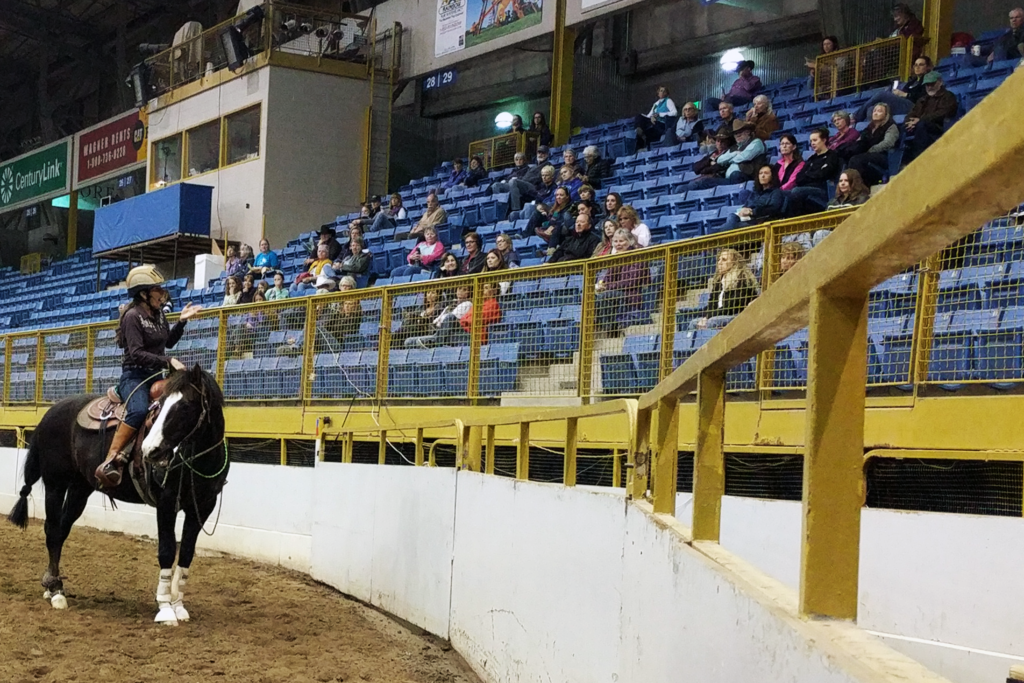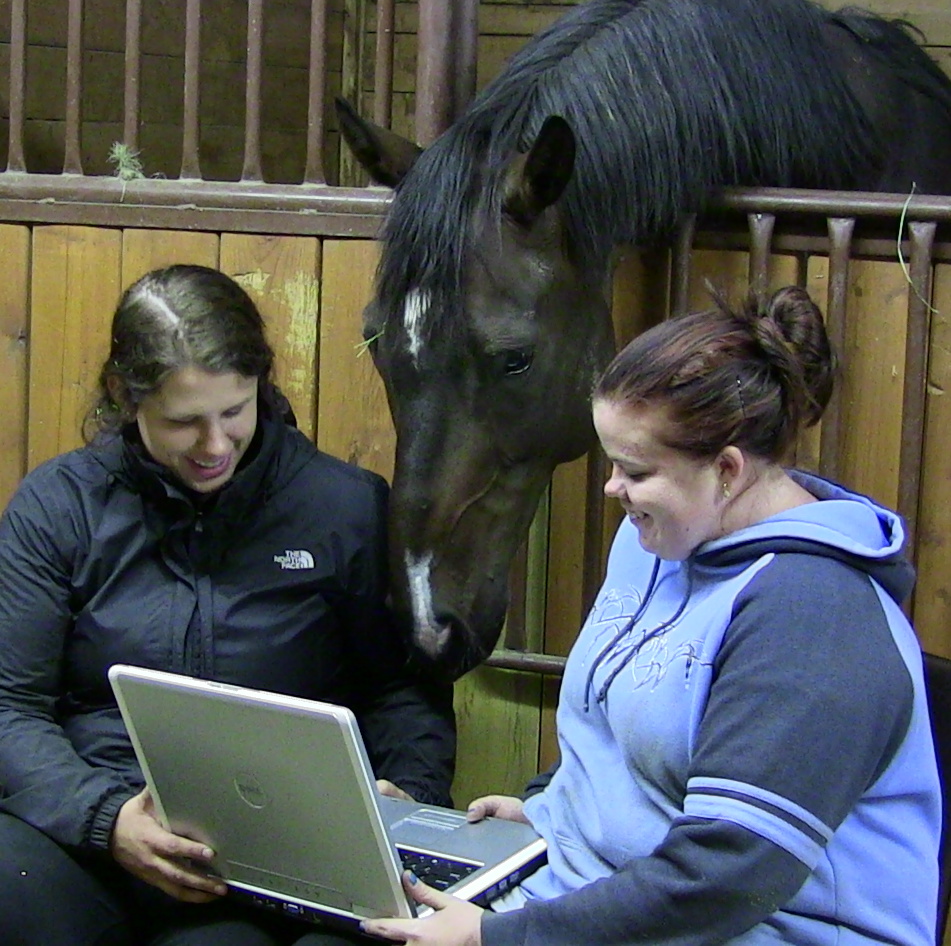Marketing Your Equine Business in Today’s Digital World
By Sarah Evers Conrad
We all know that horse business owners are some of the most passionate business people out there. However, just having passion for what you do won’t pay the bills. It’s all about working smart and hard, and working smart involves your marketing strategy. Marketing is crucial for businesses. With the explosion of technological advances over the past 15 years, digital marketing has become an essential way to market, and makes a great additive to your marketing plan. Traditional marketing techniques such as direct mail and TV and radio advertising can be much more expensive than today’s digital marketing techniques, such as email marketing, social media, and content marketing. In this article, we’ll take a look at some of the best digital marketing methods to market your equine business, what makes them a great option, and why you can’t afford to not be using them.
Digital marketing can help get you found by new customers, grow your online presence, increase your reach within your niche, connect you with your target audience, educate your customers and potential customers, promote a specific product or service, gain more leads that you can convert to customers, raise your brand awareness, build your reputation as an expert, and/or help you understand your target audience and their wants and needs. However, it’s important to not try to do all of this at once. Instead, carefully choose a few of the goals above, work in phases, and as you accomplish goals, add on additional strategies.
Integrate for Increased Impact
One of the biggest keys to digital marketing is integrating various forms so they can work together to create a bigger impact. For instance, driving traffic to your website through social media and asking for site visitors to sign-up for your email list should put them into a sales funnel, which then lets you build the “Know, Like, and Trust Factor” with your audience using content marketing. During all of this, you can offer your products and services, which then converts your original web leads into customers.
Why is this important in the horse industry? Sales is a process, and research has shown that it can take between three and 12, or more, touches before a sale is made. Obviously if it is a more impulsive buy, you might make a sale in one or two touch-points if the customer already knows, likes, and trusts you. However, in the equine industry, we all know that riding lessons, camp programs, tack and equipment, and especially the horses themselves, would not be considered impulse purchases. Therefore you need to reach out in different ways to your potential customers and focus on relationship building.
The marketing techniques you choose will depend on the phase of business you are in (start-up, growth, or established business), your target audience, and your brand. For instance, start-ups should first start with creating a website and building an email list while a business in the growth phase may be growing their social media presence, while an established business will have already established their online presence with plenty of online content and be seen as a leader in their industry.
Methods of Digital Marketing
The Big Four that all businesses should establish first are:
- Website
- Social media
- Content marketing
- Email marketing
These four methods integrate well with each other. Once these are set up and running smoothly, you can advance into other areas of digital marketing. Let’s look at the first three to establish.
Websites: While people may hear about your business through word-of-mouth, it’s very likely that they will then turn to the Internet to learn more about you. Your website lets you get found, especially when you make sure to share the link as much as possible. For instance, if you are a CHA certified instructor or a CHA accredited facility, your listing in CHA’s database at CHAInstructors.com can help drive people to your website, but only if you have one and add the link. This gives you an edge over your competitors when someone does a search for riding instructors in your area. These potential customers can then visit your site and learn more about you, see your products and services, learn what makes your business special, and why they should work with you. If your website has all the elements it should and has well-written content, then a potential customer may then call to book a tour of your facility or their first riding lesson or they may at least sign up for your email list, if you have established an email subscription page, which is advisable even if you don’t use email marketing for a little while. Email addresses are seen as extremely valuable for marketing.
If you have the ability to build your own site, you can build one on a purchased domain with WordPress.org or try sites that offer drag-and-drop design. However, if those are too difficult, or you need a more complex website, then a website designer is well worth the investment.
It is crucial to have an attractive site, with useful content for the viewer, and one that functions perfectly, because if you have the opposite you could affect how the public views your business and its level of professionalism and trust. Your website offers potential customers their first impression of you and your business. There is a lot to understand about proper website design and web usability, including site structure, navigation methods, typography, color theory, design principals, user testing, social media integration, and more.
Content Marketing: Whether you write articles and press releases, blog, live stream, create videos, share photography, write articles, podcast, create webinars, or another form of content, you should produce useful, relevant, easy-to-consume, quality content. Effective search engine optimization and using call-to-actions correctly can help direct the readers through the process of a search online to becoming a lead or a customer. Content marketing also grows your online presence, educates potential and current customers, promotes your products and services, raises brand awareness, and portrays you as an expert while setting you and your business apart from your competitors.
As with having a well-done website, quality content gives your audience a look into what and how you do what you do and most importantly why you do what you do and what you believe in. One word of caution is that poorly developed, rushed content can look bad, so make sure to have staff, friends, or professional content producers give feedback and help if need be.
Social Media: If your business isn’t on social media, especially Facebook at this time, consider yourself at a serious disadvantage. You must go where your customers are, and right now it seems as if everyone is on social media. Other platforms include Twitter, Instagram, Pinterest, YouTube, Google+, and LinkedIn, with Snapchat and Periscope becoming two of the hottest newer platforms. Each platform has its advantages, disadvantages and top strategies to get the most out of it. Regardless of platform, it is essential to be authentically you, transparent, and to want to connect, communicate, and engage with your audience. It can even serve as a way to provide customer service, craft your online image, and promote yourself (organically and through social media advertising). There is a lot to consider for social media, especially with so much variety in platforms and strategy, and it is impossible to use all of them on your own. If you are a total social media newbie, there are plenty of books, websites, and resources, as well as consultants who can help you get started and develop a strategy. The return on investment is usually a positive one with social media when done right.
All of these digital marketing methods should be considered important for your marketing efforts. Now is the time to leverage digital marketing to help you get seen, get heard, and become more profitable.
Author Bio: As a lifelong equestrian, Sarah Evers Conrad joined the equine publishing industry 15+ years ago. In 2014, she decided to combine her passion for horses and her experience in writing, editing, digital marketing, PR, and social media, when she founded All In Stride Marketing. She now helps equine businesses with their marketing and communications efforts. In addition to being published in a variety of magazines, she is now the editor of The Instructor magazine and the official blogger for CHA.
WHY Statement – This is more than your mission or purpose for your business—this is WHY you bother doing it! Simon Sinek’s book Start with Why is a good resource that the CHA Board of Directors used to come up with CHA’s WHY Statement last year. Some great examples of WHY statements include:
- CHA – CHA Changes Lives Through Safe Experiences with Horses
- Uber – Evolving the Way the World Moves
- Nike – Just Do It!
- Harley Davidson – Fulfilling Dreams of Personal Freedom
- Coca-Cola – To Refresh the World
You can use any combination of the following digital marketing techniques: a website, social media and social media advertising; online advertising (pay-per-click, display, and remarketing); videos; live streaming; podcasting; webinars; email marketing with opt-in offers and landing pages; online challenges and contests; and content marketing, which includes blogging, guest blogging, press releases, articles, e-books, white papers, and more.
Marketing Your Equine Business in Today’s Digital World Read More »


